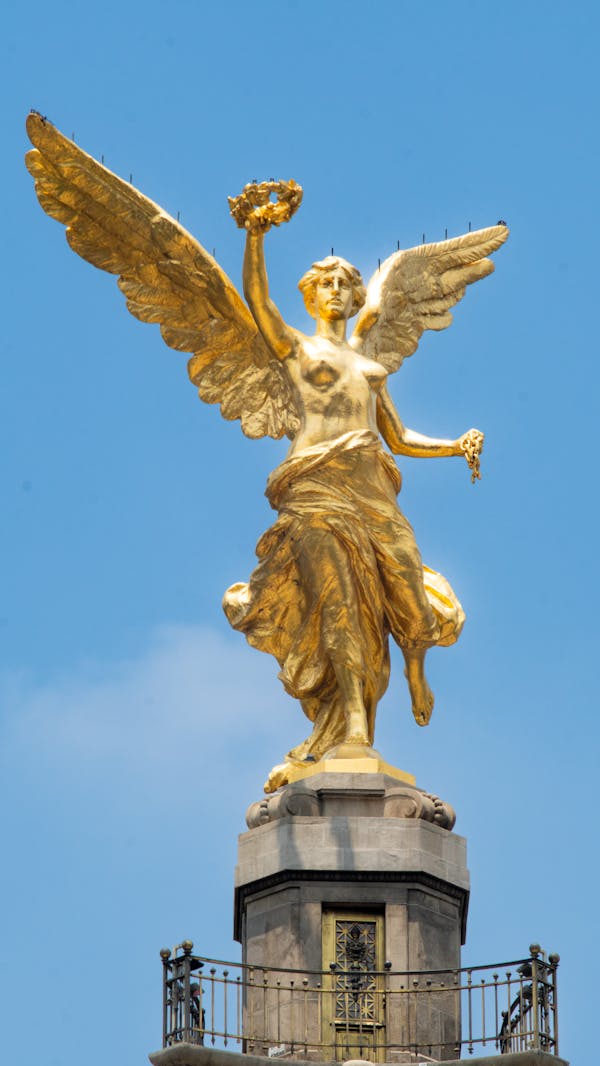Introduction to Edgar Allan Poe
Edgar Allan Poe, born in 1809, was an American writer known for his contributions to the genres of horror, mystery, and poetry. His troubled life, marked by personal losses and struggles, deeply influenced his writing style, characterized by its dark themes and vivid imagery. Poe’s works, including “The Raven,” “The Tell-Tale Heart,” and “The Fall of the House of Usher,” have left an indelible mark on literature.
Overview of “The Fall of the House of Usher”
“The Fall of the House of Usher” follows an unnamed narrator as he visits his childhood friend, Roderick Usher, at the decaying Usher mansion. As the story unfolds, the narrator becomes entwined in the eerie events surrounding the Usher family, including Roderick’s ailing sister, Madeline, and the unsettling atmosphere of the house itself.
Analysis of Themes
Isolation and Madness
Central to “The Fall of the House of Usher” is the theme of isolation and its effects on the human psyche. The Usher siblings, confined within the walls of their ancestral home, spiral into madness as they grapple with their inner demons and the legacy of their family.
Decay and Death
The decaying mansion mirrors the deteriorating mental and physical state of the Usher family. Poe vividly depicts the gradual collapse of the house, symbolizing the inevitability of death and decay.
Supernatural Elements
Throughout the story, Poe employs supernatural elements to heighten the sense of dread and foreboding. Strange occurrences, such as Madeline’s mysterious illness and her subsequent burial alive, blur the line between reality and the supernatural.
Character Analysis
Roderick Usher
Roderick Usher, a reclusive and eccentric figure, serves as the primary focus of the narrative. His fragile mental state and obsession with the supernatural contribute to the ominous atmosphere of the story.
Madeline Usher
Madeline Usher, Roderick’s twin sister, embodies the theme of death and decay. Her premature burial and subsequent resurrection symbolize the cyclical nature of life and the inevitability of mortality.
The Narrator
The unnamed narrator provides a lens through which the reader experiences the events of the story. His initial skepticism gradually gives way to terror as he witnesses the horrors unfolding within the Usher mansion.
Setting and Atmosphere
The desolate Usher mansion, with its crumbling façade and oppressive atmosphere, serves as a fitting backdrop for the unfolding tragedy. Poe masterfully creates a sense of dread and unease through his vivid descriptions of the decaying surroundings.
Symbolism and Imagery
The House as a Metaphor
The Usher mansion represents the decay of the Usher family’s lineage and the crumbling of their sanity. Its dilapidated state serves as a physical manifestation of their inner turmoil and psychological anguish.
Use of Colors
Poe utilizes color symbolism to evoke mood and atmosphere throughout the story. The pervasive use of dark, somber colors reflects the bleakness of the Usher family’s existence and the impending doom that hangs over them.
Narrative Technique
First-Person Narration
Poe employs a first-person narrative perspective to immerse the reader in the protagonist’s subjective experience. This intimate narrative style allows for a deeper exploration of the protagonist’s psyche and lends an air of authenticity to the story.
Unreliable Narrator
The reliability of the narrator comes into question as the story progresses, adding an element of ambiguity to the narrative. His subjective perceptions and psychological state cast doubt on the events unfolding within the Usher mansion.
Literary Influences
Gothic Literature
“Houseimprovements.club/” draws heavily from the traditions of Gothic literature, characterized by its emphasis on darkness, mystery, and the supernatural. Poe’s use of atmospheric setting and psychological horror is reminiscent of other Gothic classics.
Romanticism
Poe’s romantic sensibilities are evident in his exploration of themes such as love, death, and the sublime. His lyrical prose and evocative imagery reflect the Romantic movement’s emphasis on emotion and imagination.
Reception and Legacy
“The Fall of the House of Usher” initially met with mixed reviews upon its publication in 1839. However, it has since garnered widespread acclaim for its innovative narrative techniques and profound exploration of the human condition.
Comparison with Other Works
Comparisons can be drawn between “The Fall of the House of Usher” and other works of Gothic literature, such as Mary Shelley’s “Frankenstein” and Bram Stoker’s “Dracula.” Despite differences in plot and setting, these works share similar themes of isolation, madness, and the supernatural.
Interpretations and Analysis
Freudian Interpretation
Some critics have interpreted “The Fall of the House of Usher” through a Freudian lens, viewing the story as an exploration of repressed desires and subconscious fears. The incestuous undertones between Roderick and Madeline Usher have been cited as evidence of Freudian themes.
Psychological Horror
Poe’s mastery of psychological horror is evident in his depiction of the Usher siblings’ descent into madness. The story’s emphasis on the characters’ internal struggles and psychological torment heightens the sense of horror and unease.
Critical Reception
Contemporary reviews of “The Fall of the House of Usher” were mixed, with some critics praising Poe’s atmospheric prose and others criticizing its perceived lack of coherence. However, modern interpretations have recognized the story as a seminal work of American literature.
Adaptations and Cultural References
“The Fall of the House of Usher” has inspired numerous adaptations across various mediums, including film, television, and theater. Its influence can also be seen in music, art, and popular culture, where references to Poe’s iconic tale abound.
Conclusion
In conclusion, “The Fall of the House of Usher” stands as a haunting testament to Edgar Allan Poe’s enduring legacy. Its exploration of themes such as isolation, madness, and the supernatural continues to resonate with readers and critics alike, cementing its status as a classic of Gothic literature.



